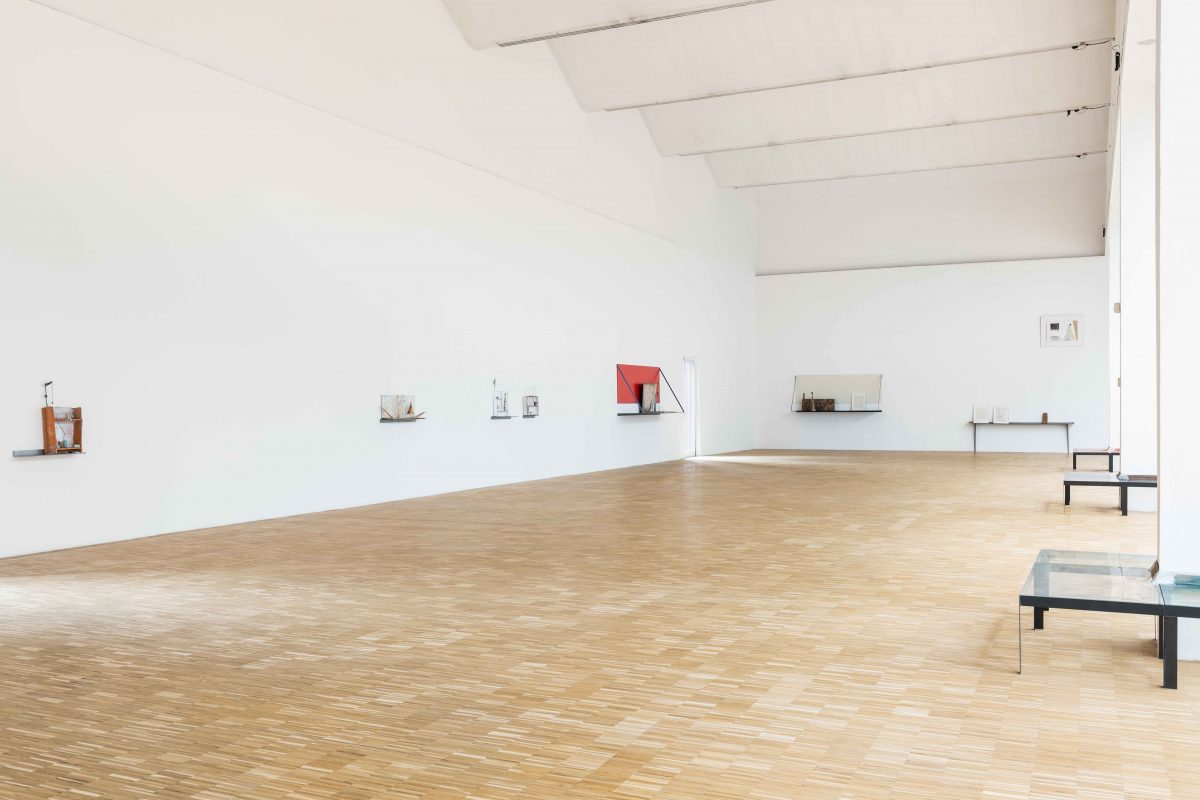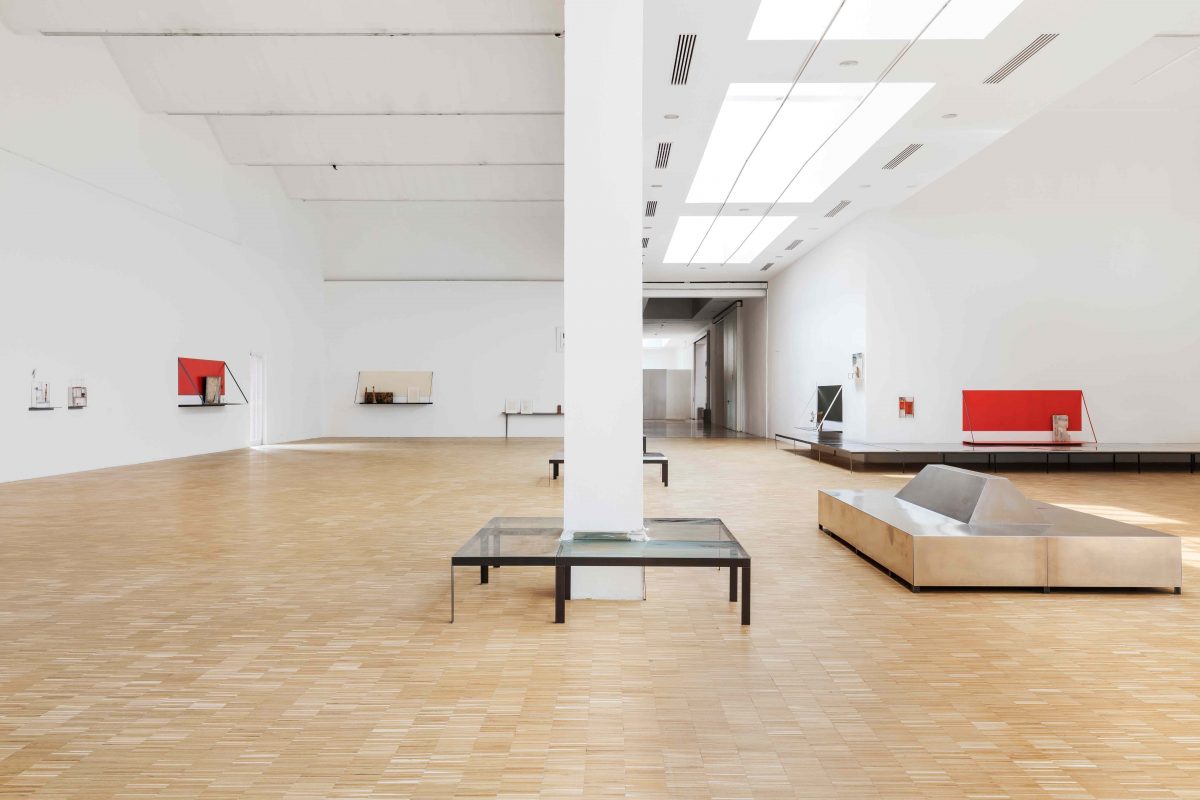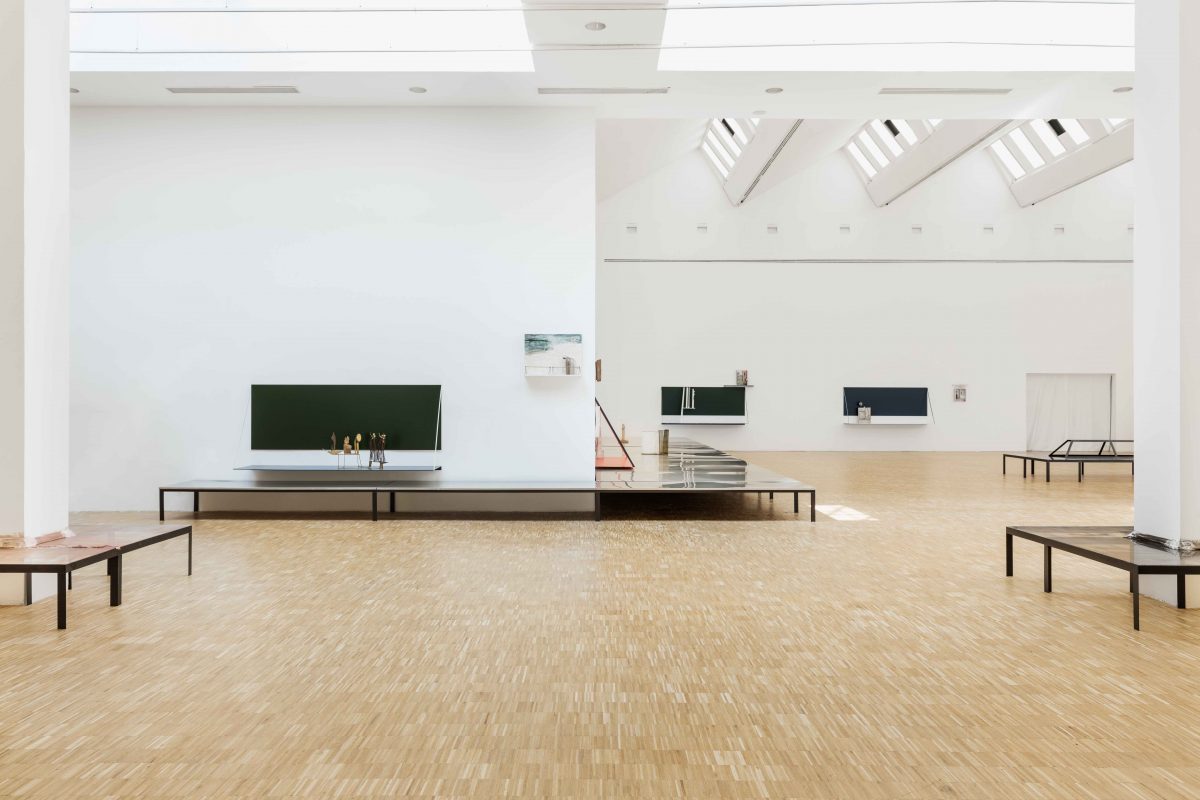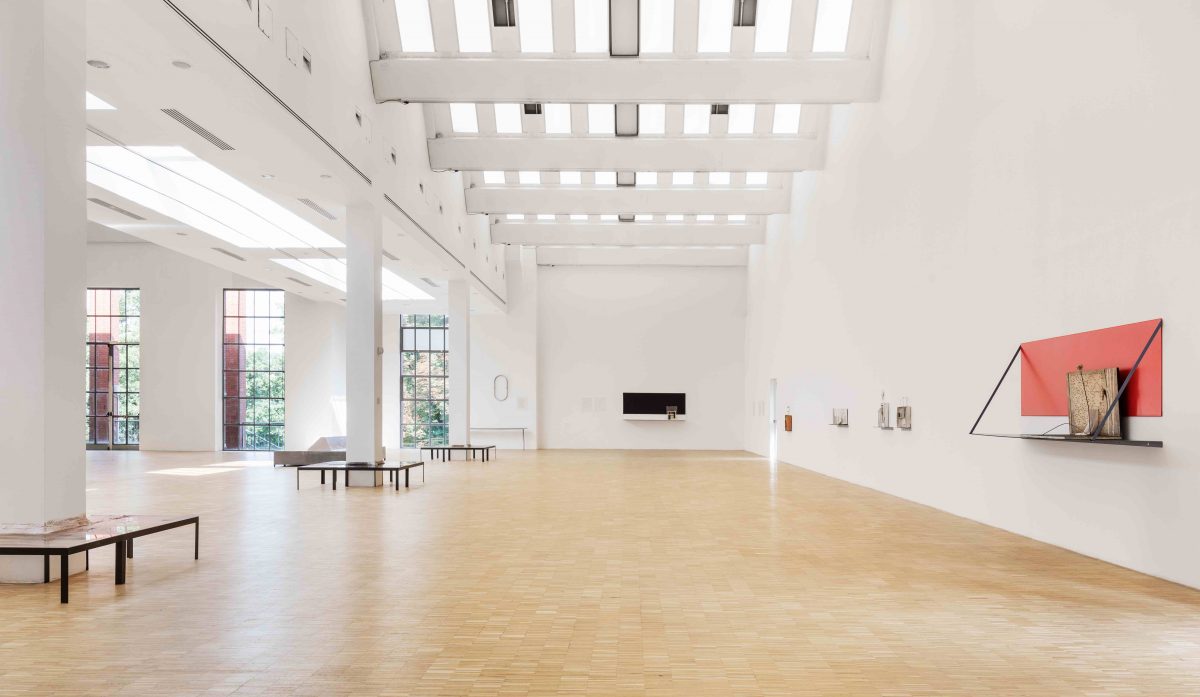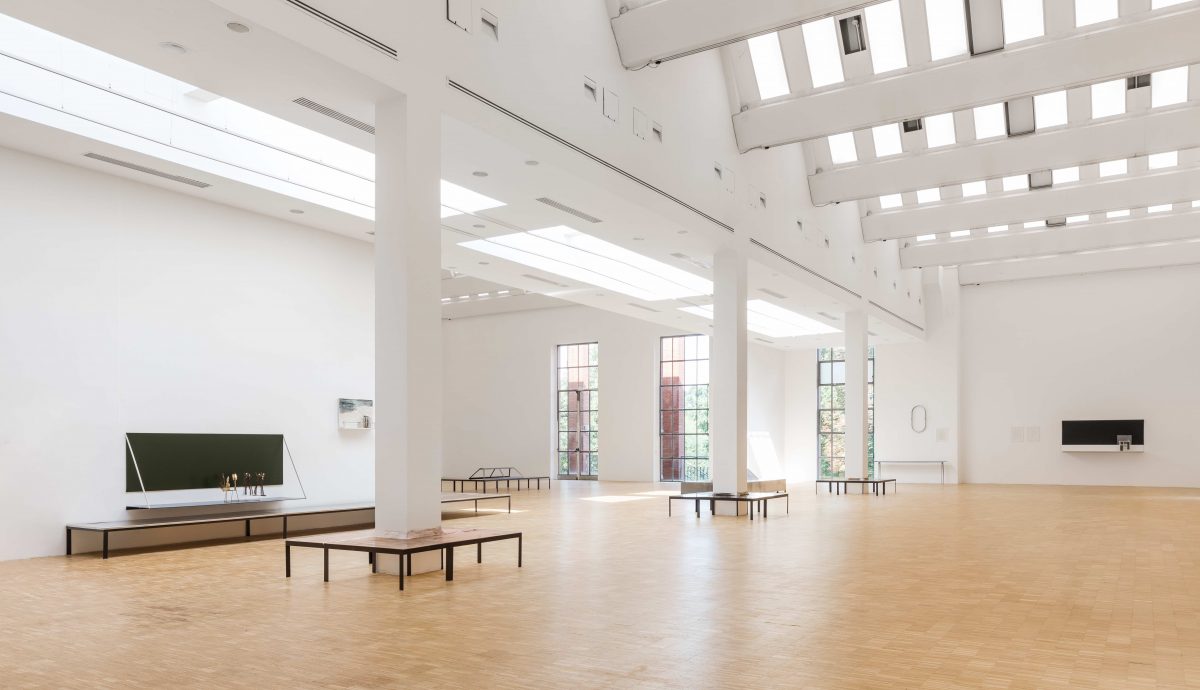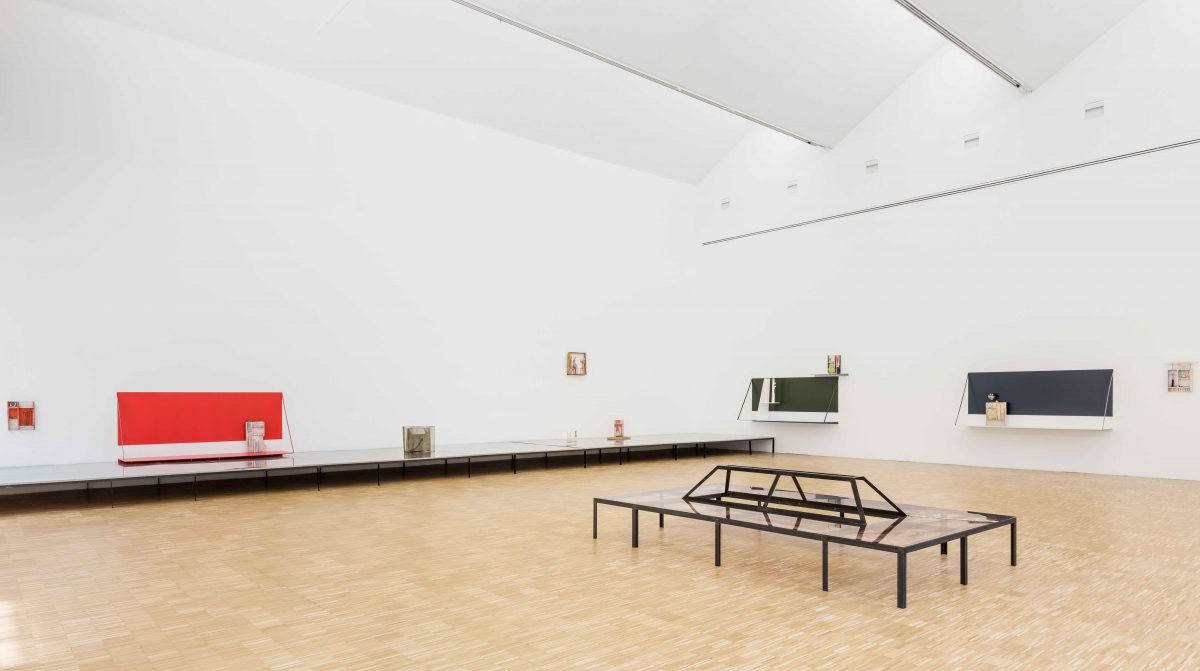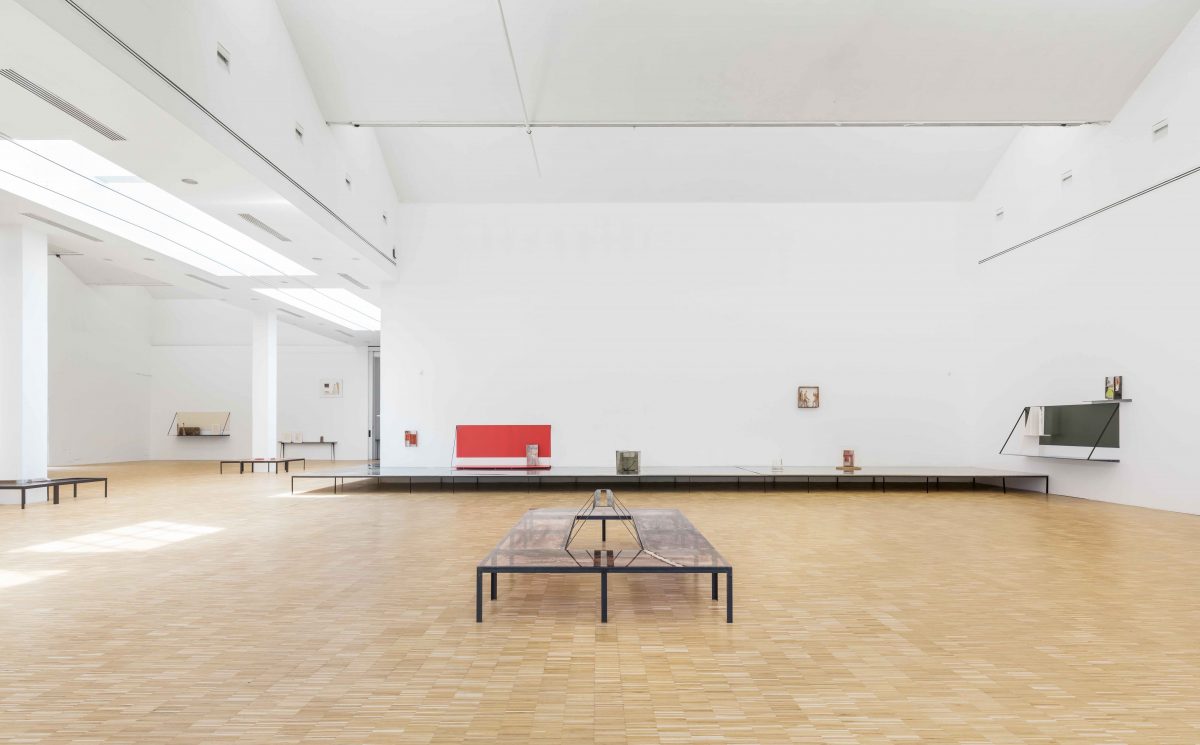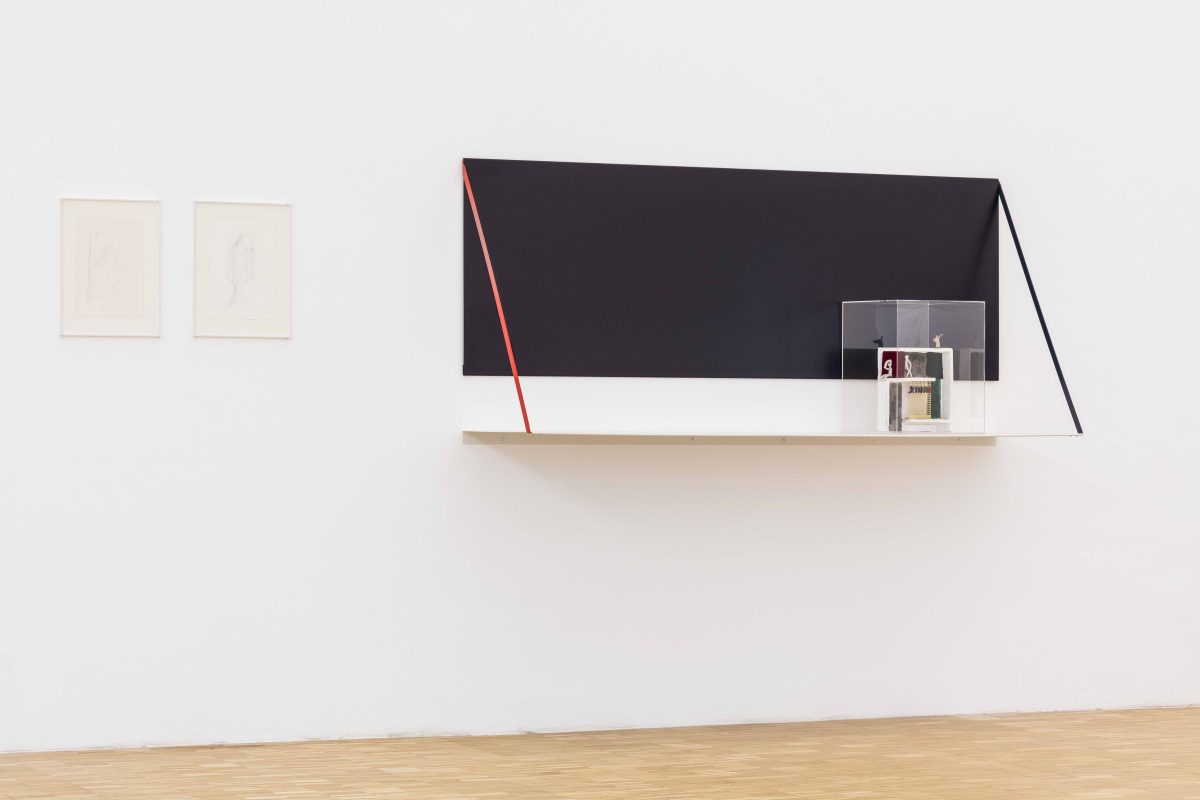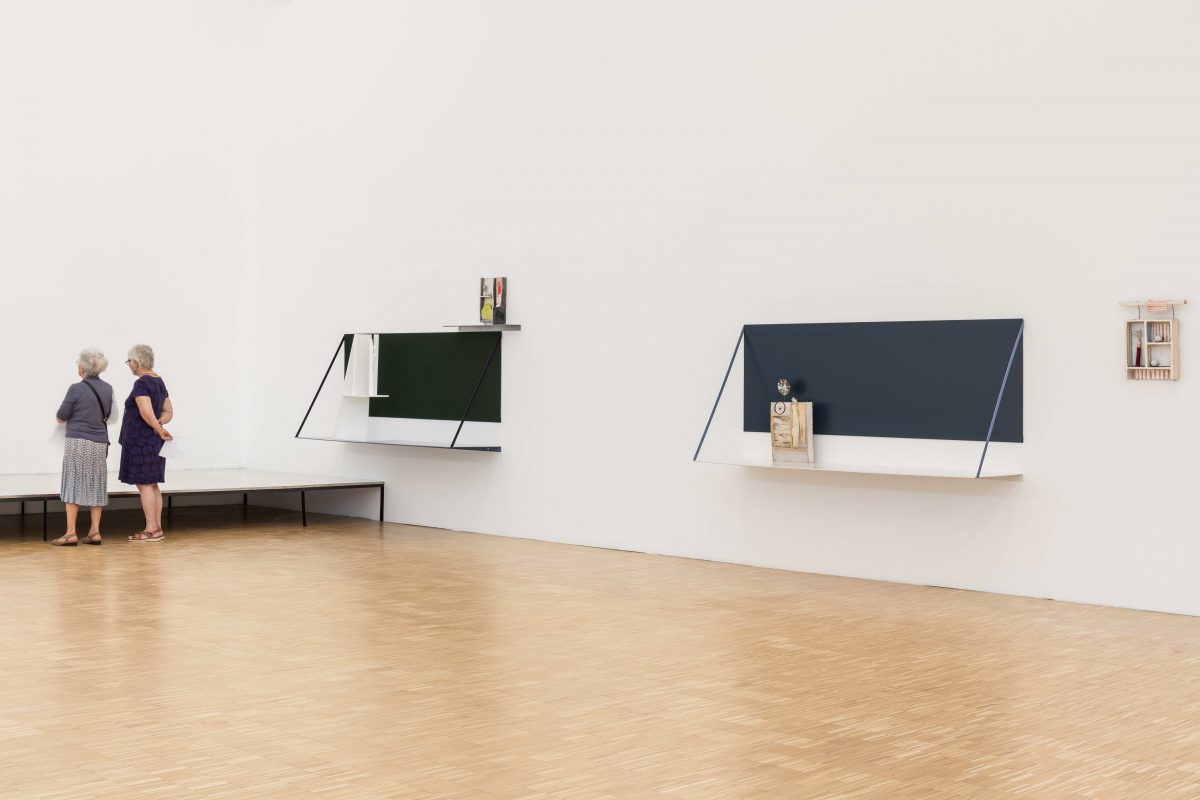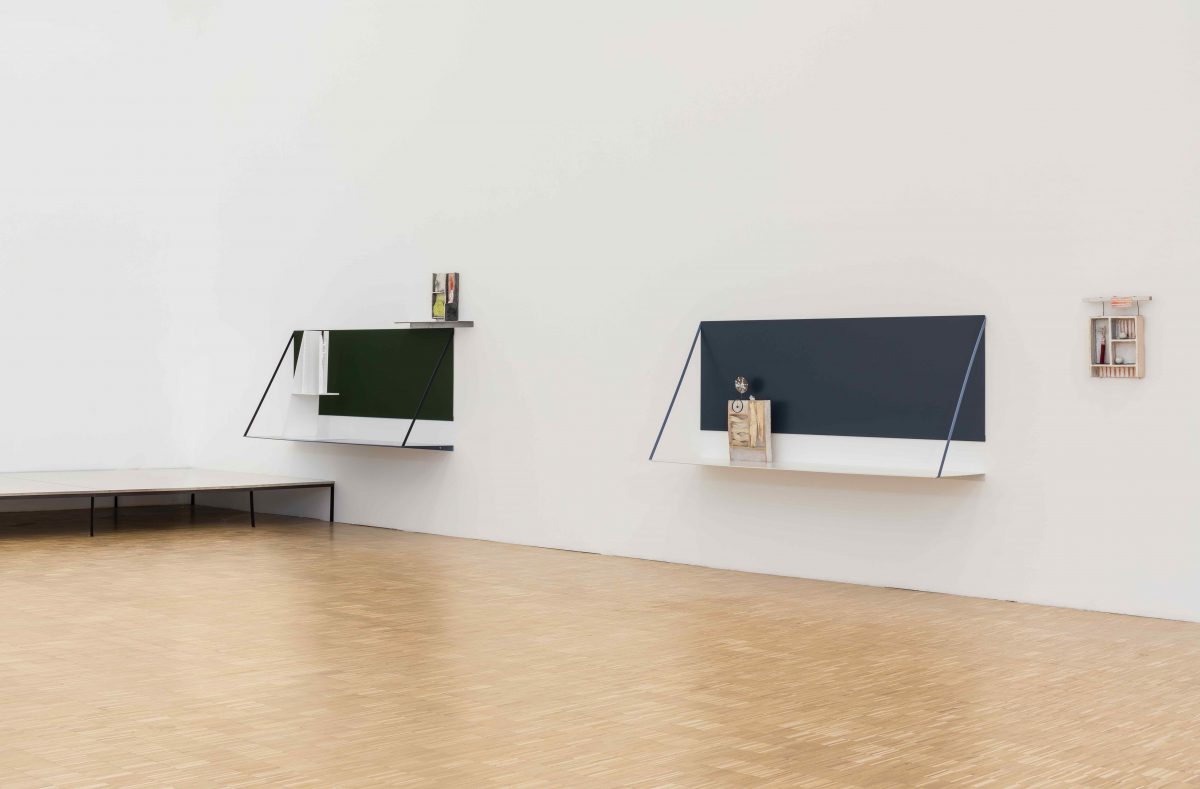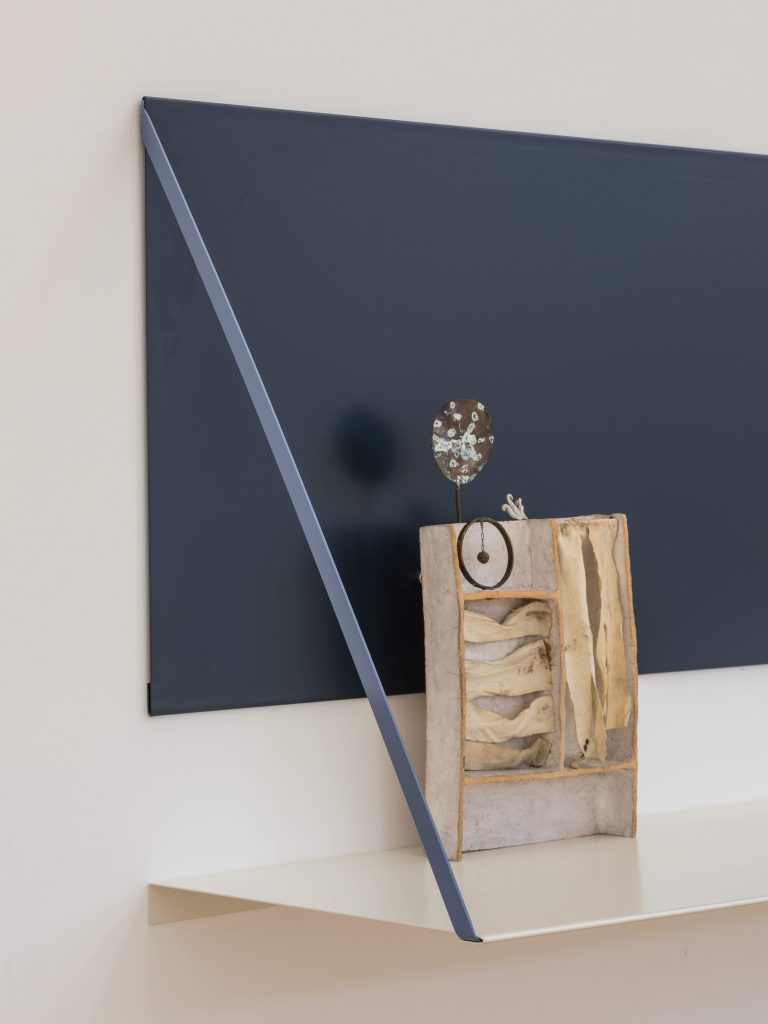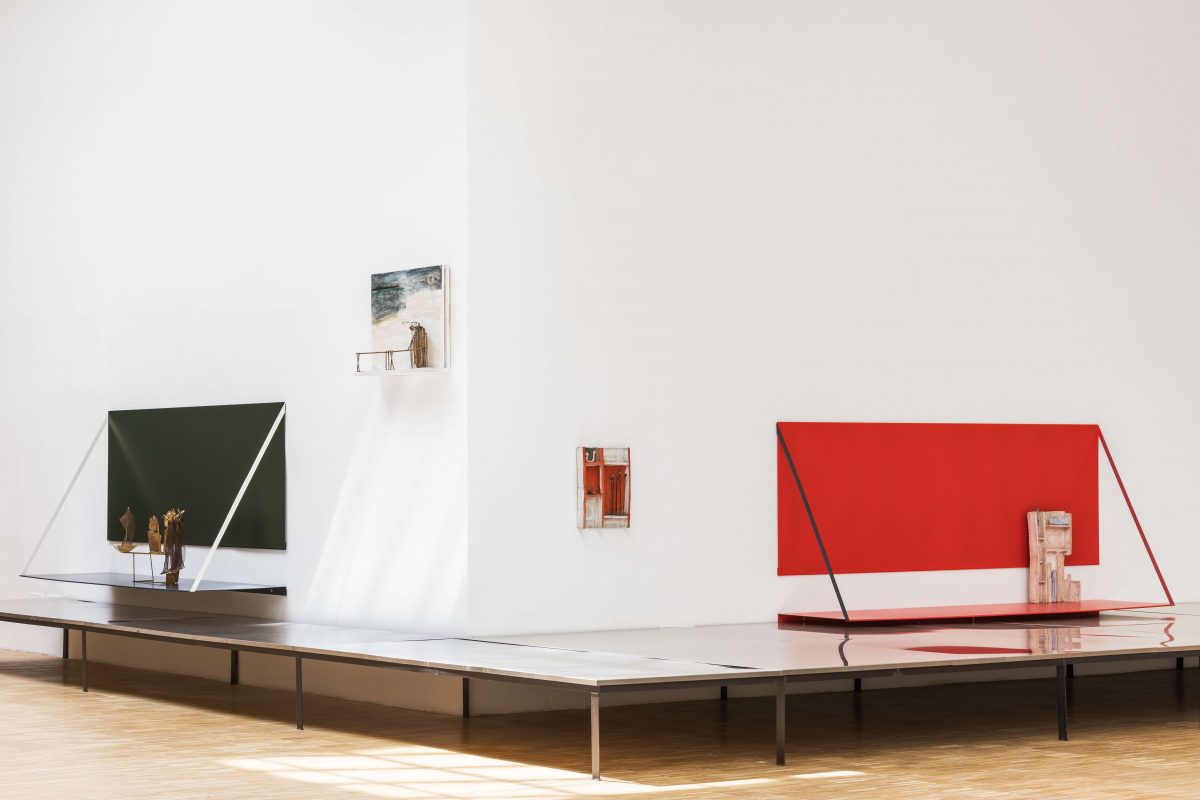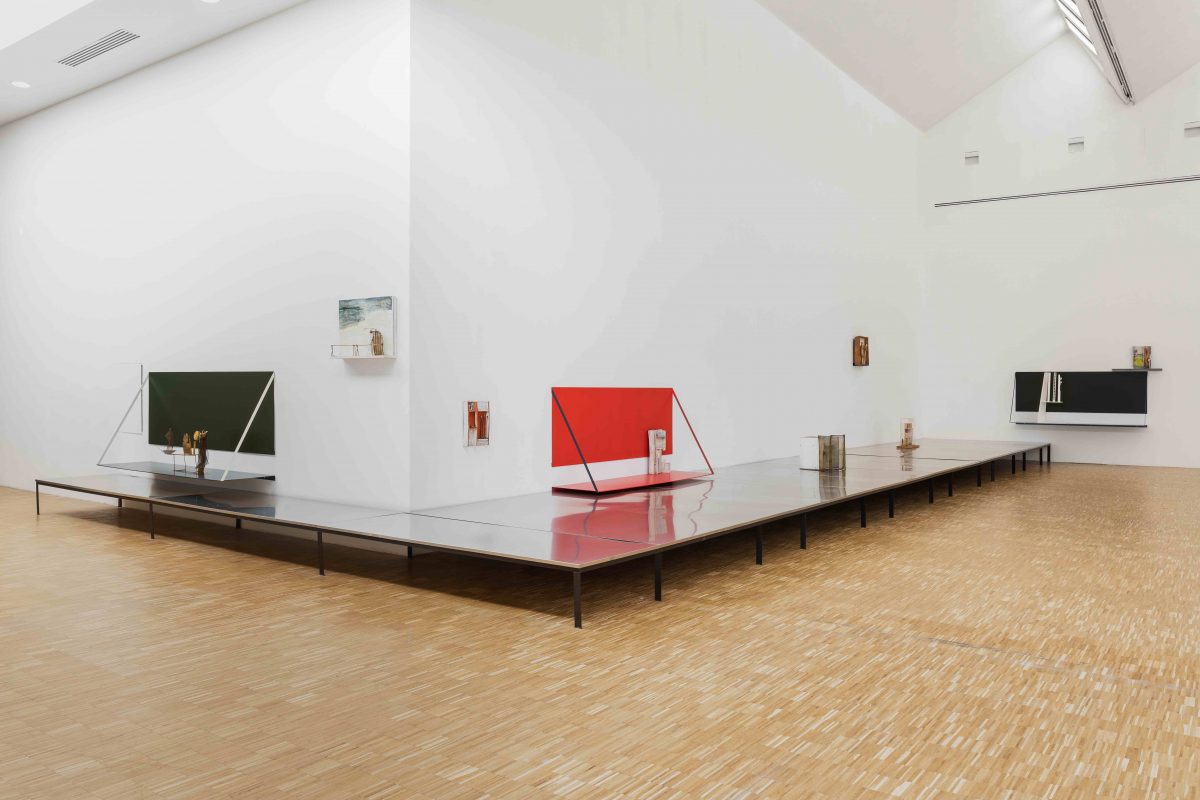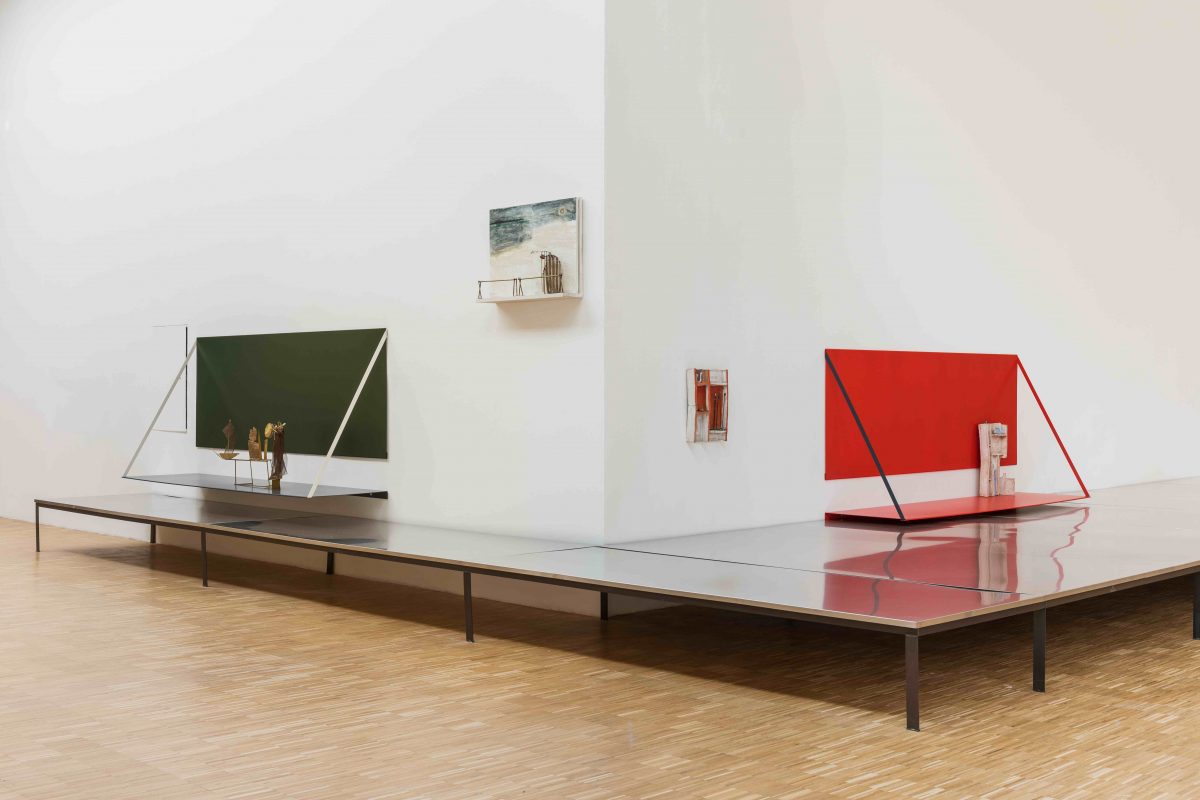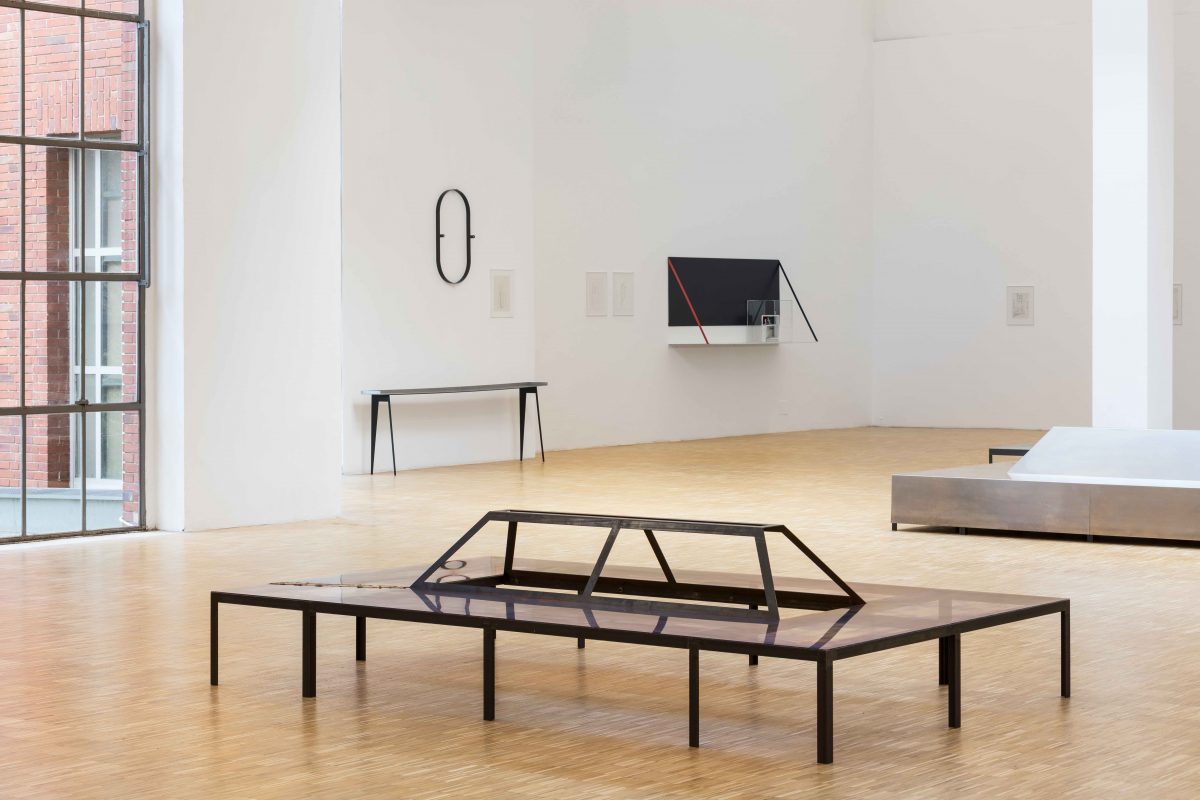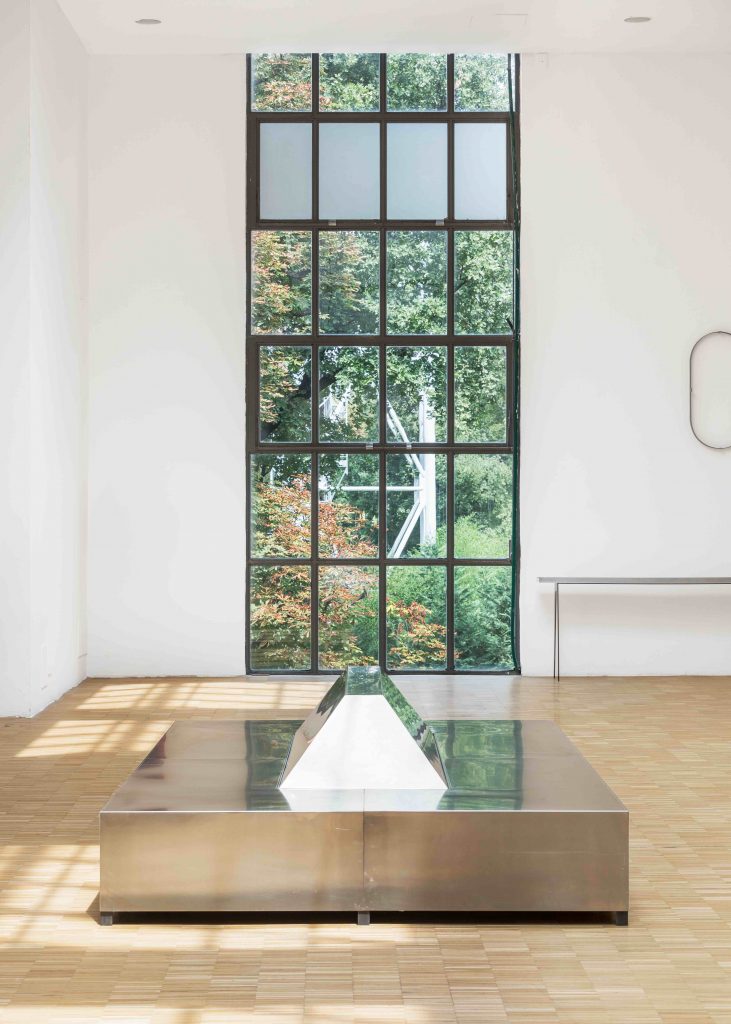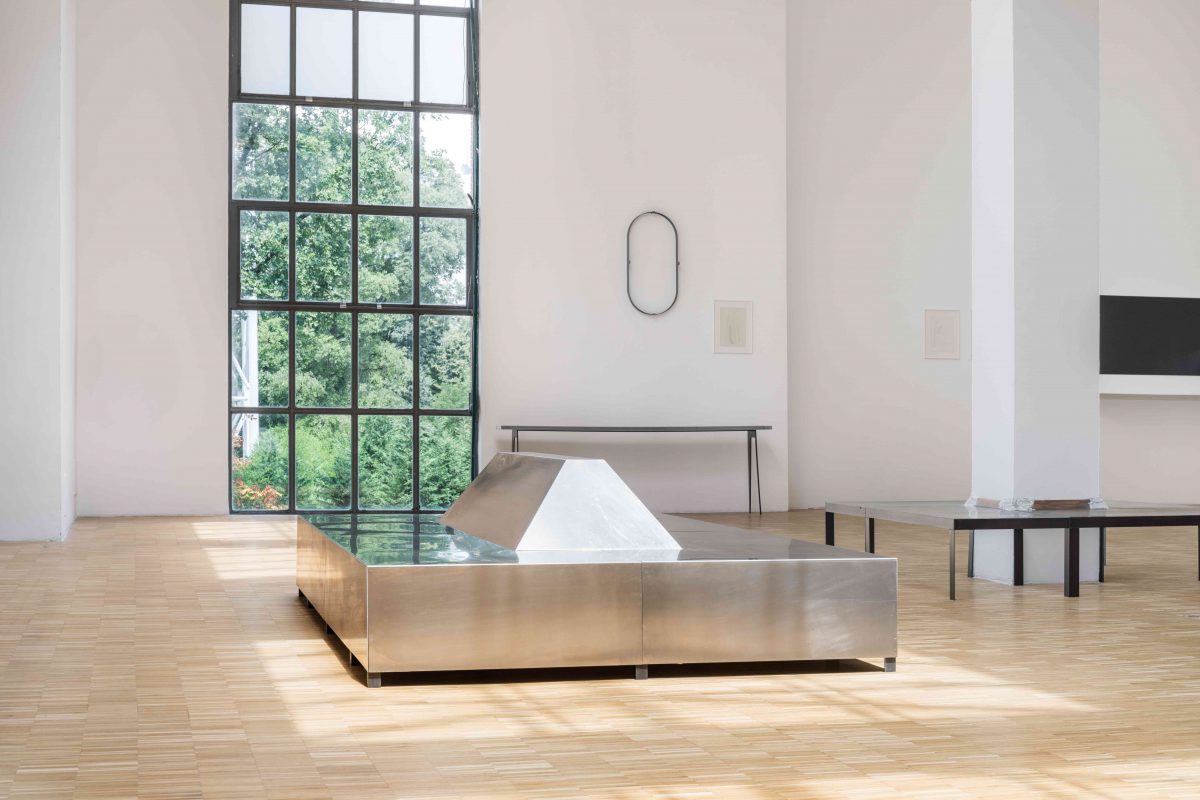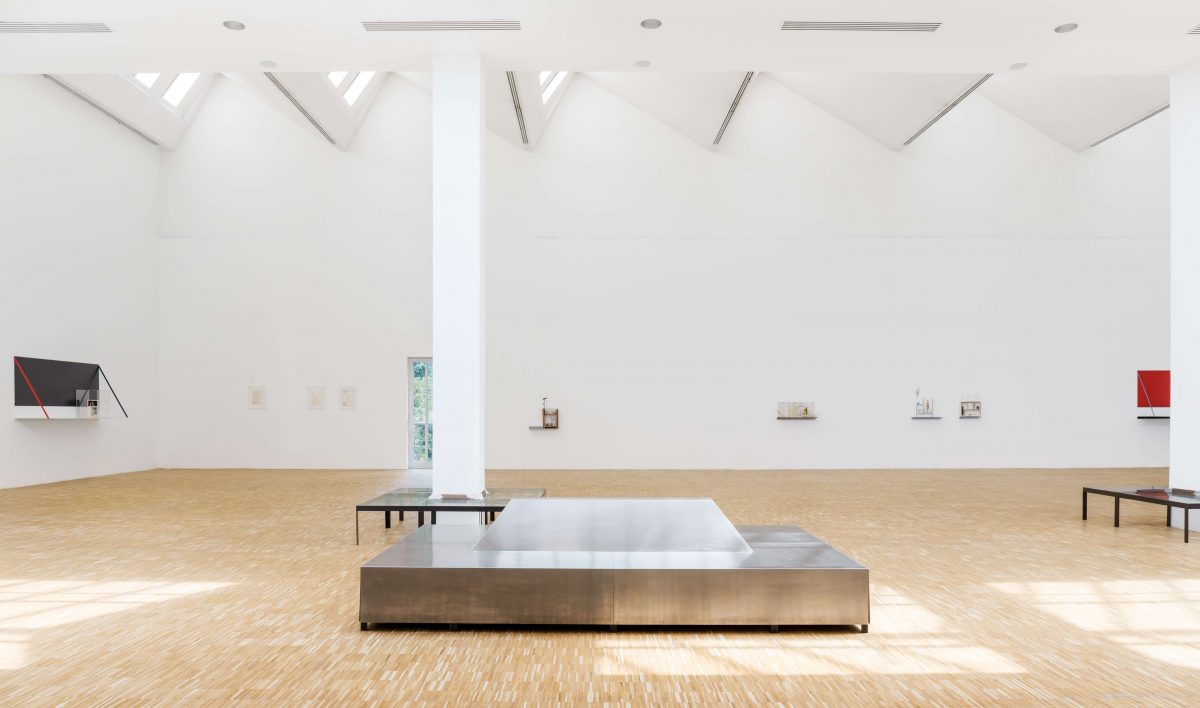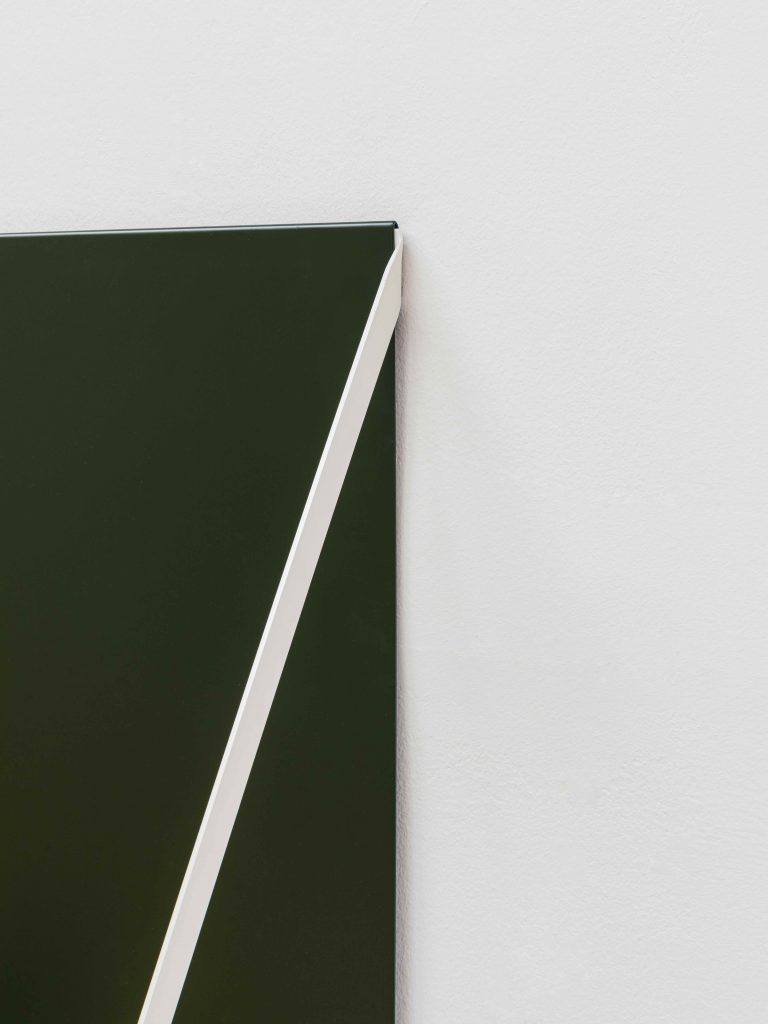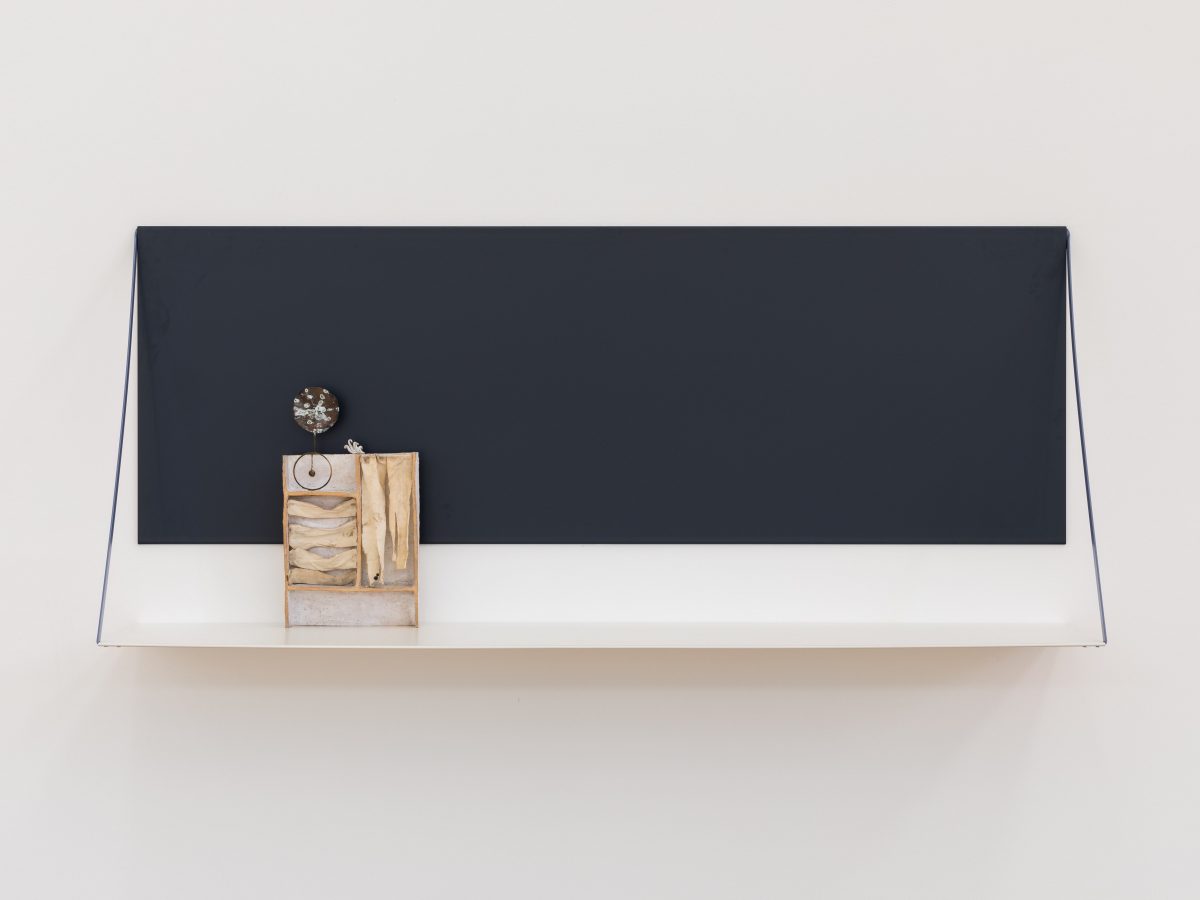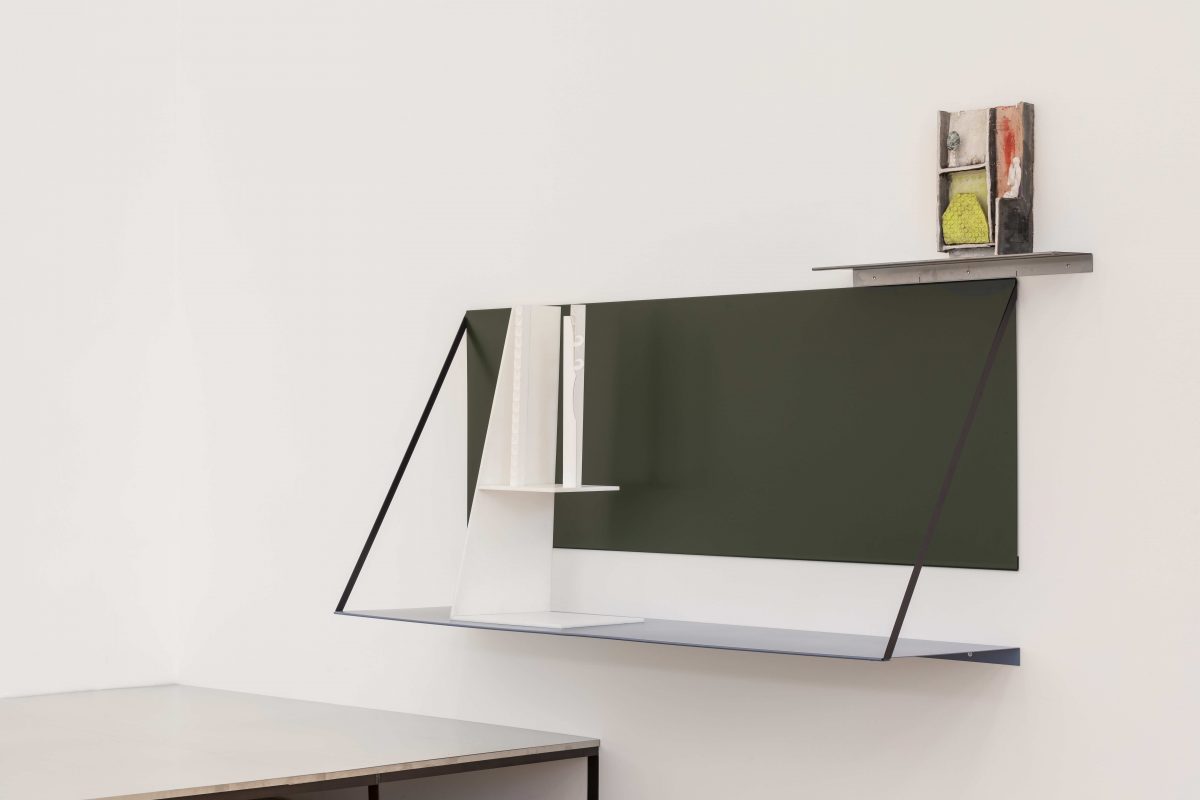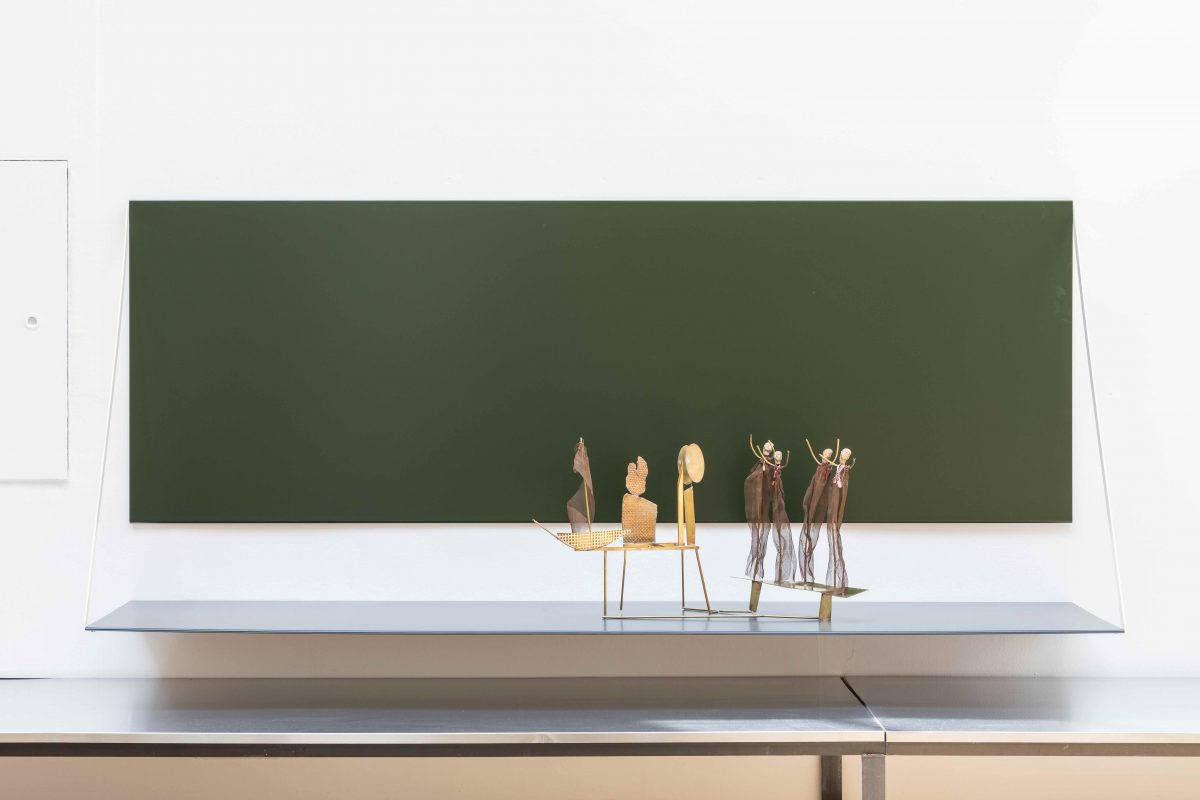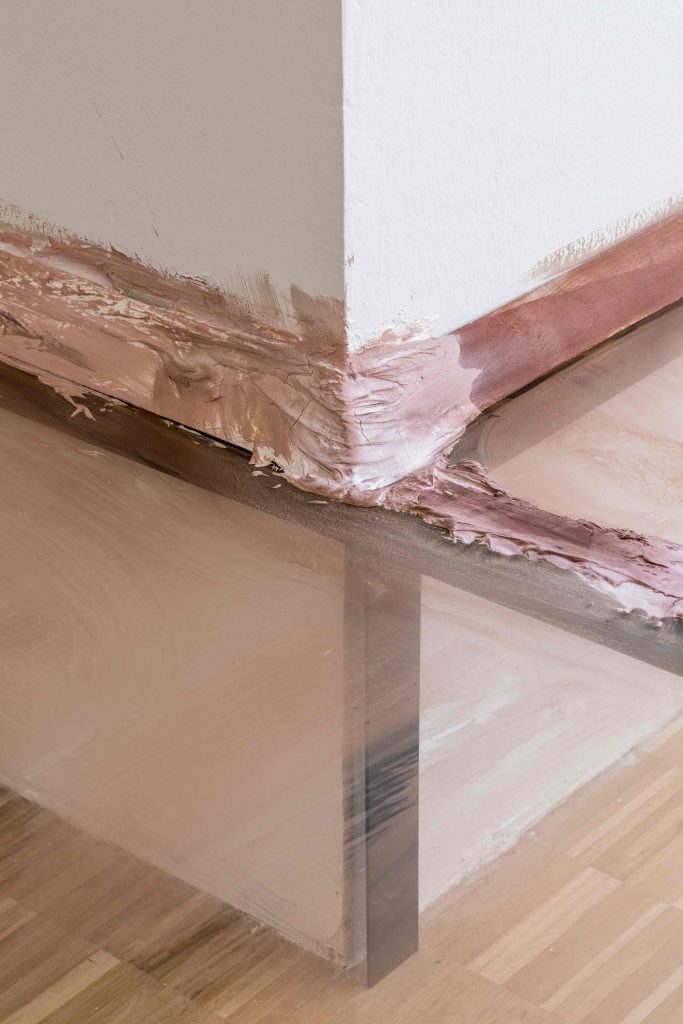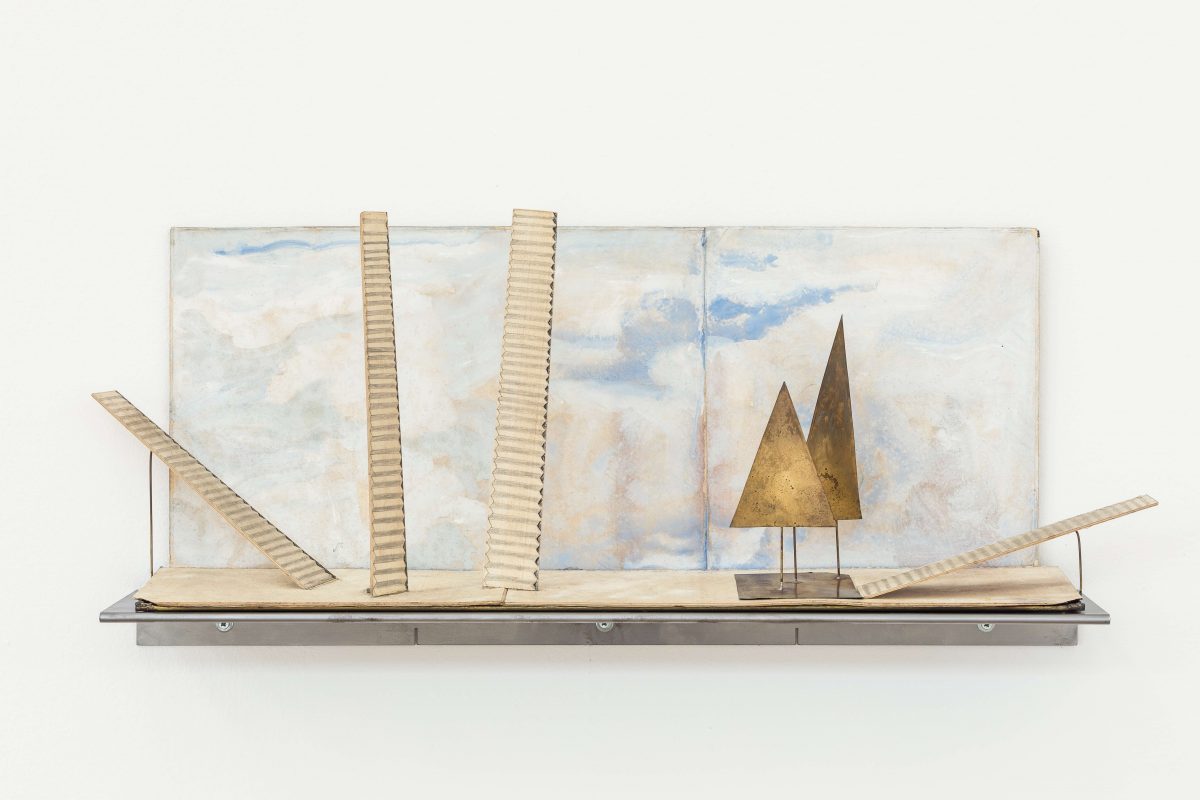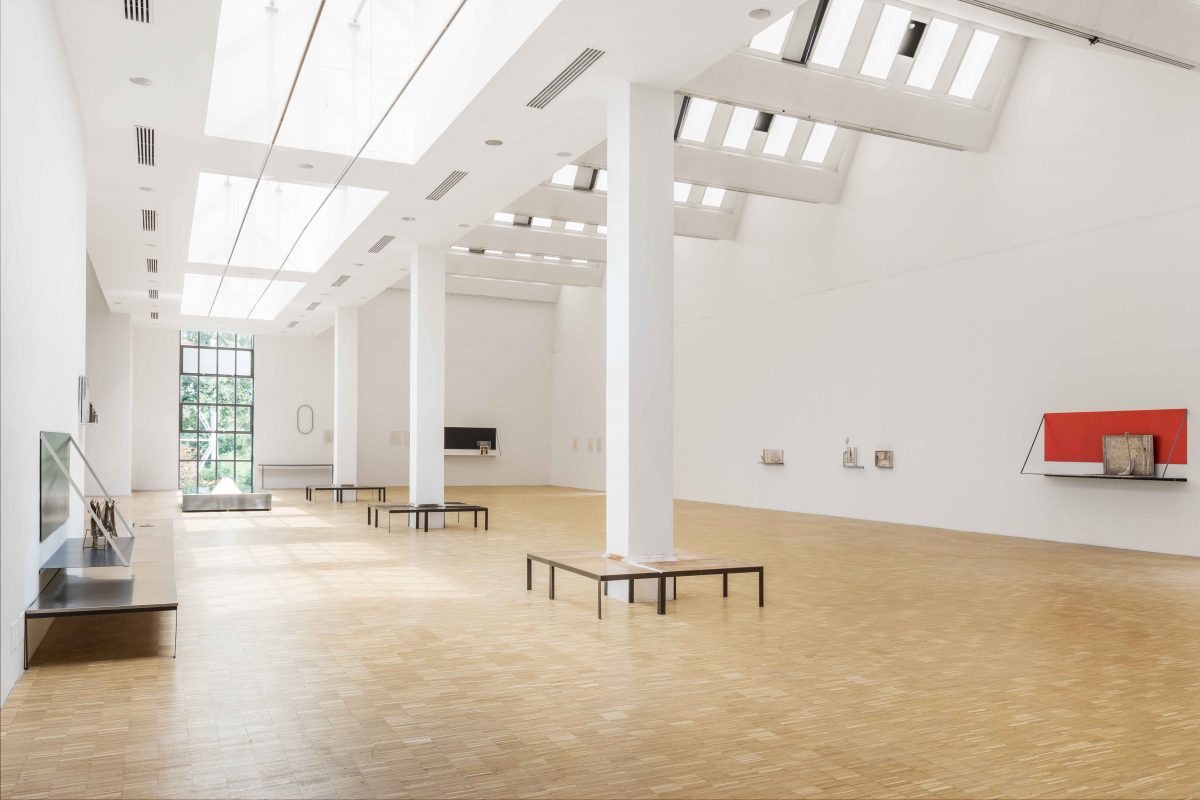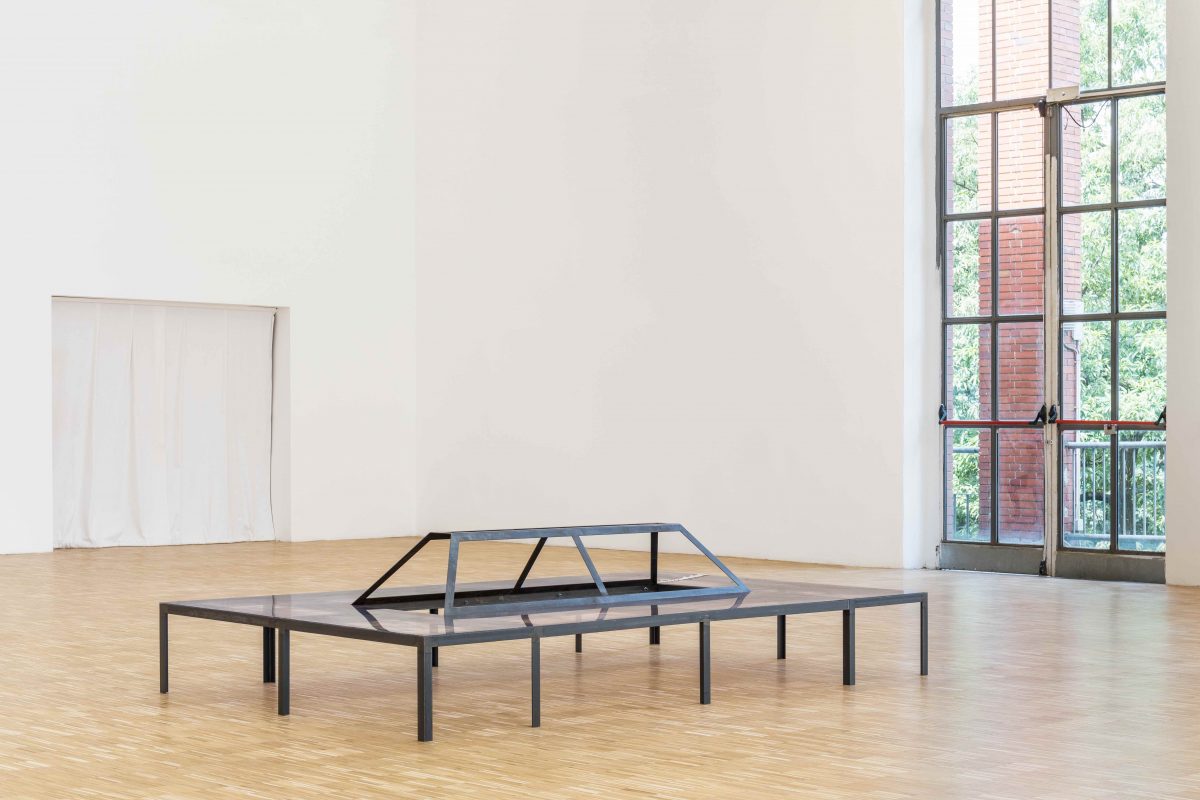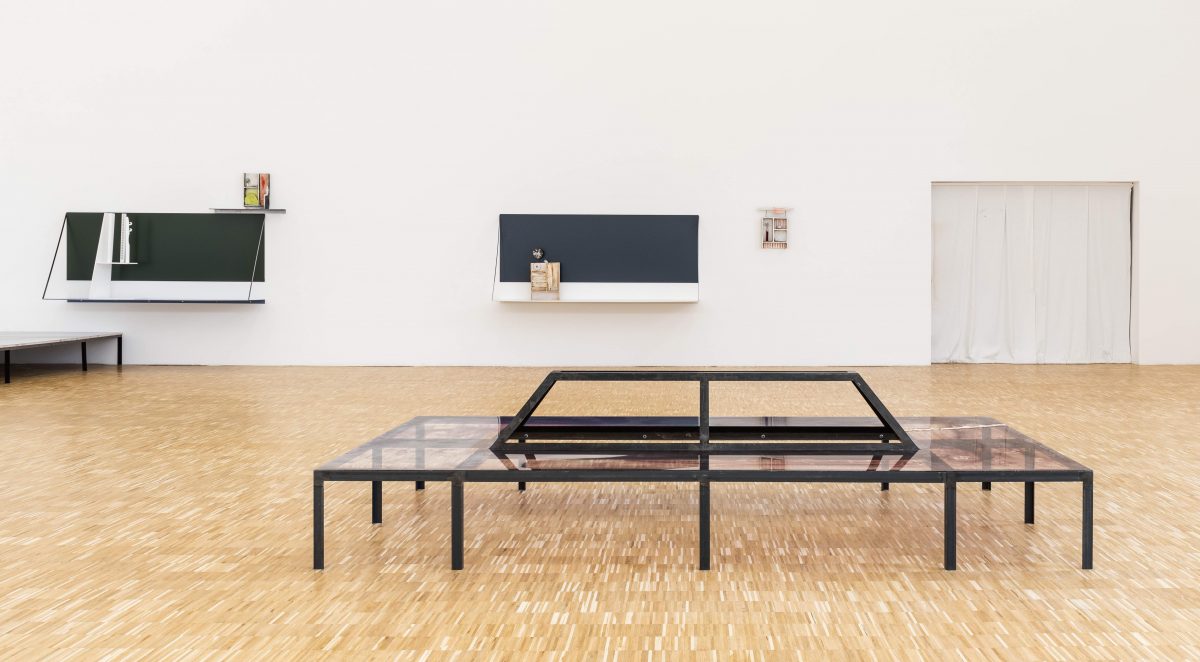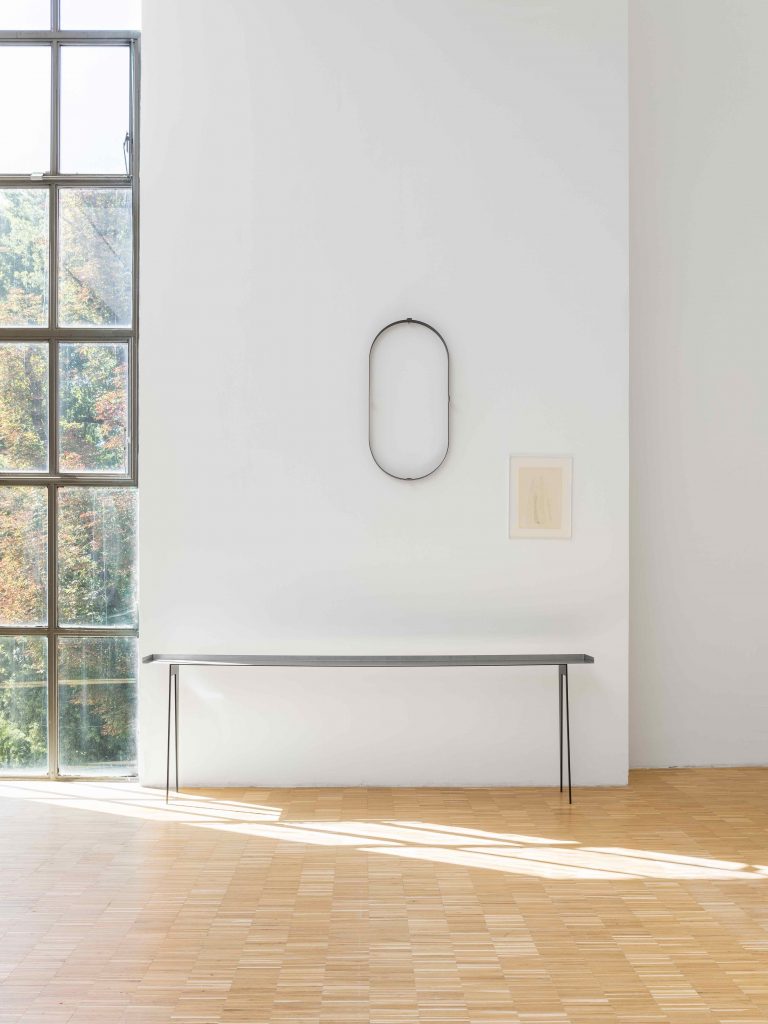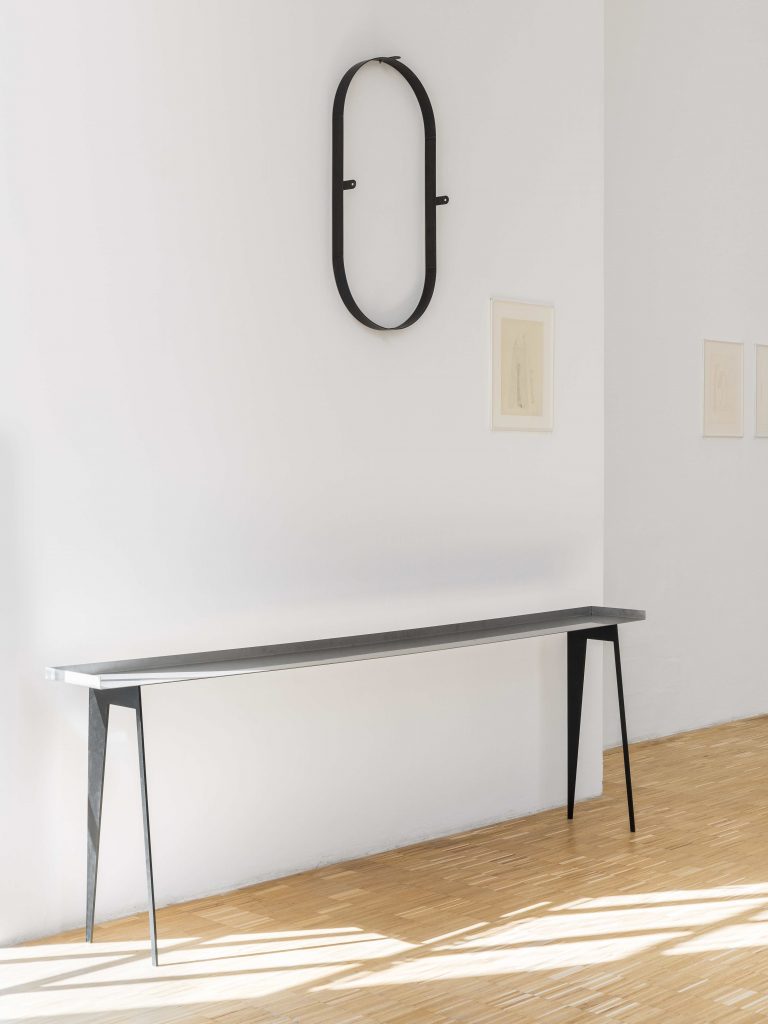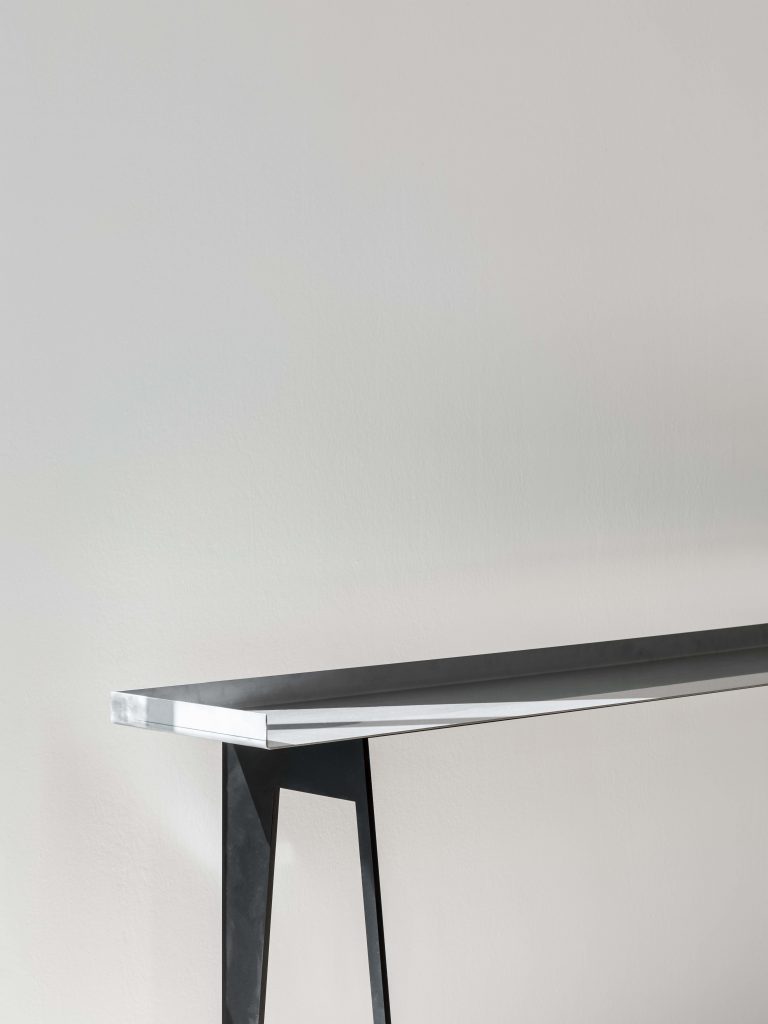
- This event has passed.
The result of the encounter between the Georgian artist Thea Djordjadze (Tbilisi, 1971) and the work of Fausto Melotti (Rovereto, 1901– Milan, 1986), the exhibition at La Triennale di Milano brings the dramaturgical principles of meta-theatre onto the visual plane. It
plays on the overlapping of time planes and reactivates latent meanings through a dialogue between artists of different generations.
Fascinated by Melotti’s Teatrini – little multi-material “puppet theatres” in which stylised figures mimic encounters and states of mind – Djordjadze has designed a flexible architectural system, both as a support for the works of the great Italian sculptor and as an independent installation. The result is an immersive environment in which architectural elements, load-bearing structures and independent sculptures all relate to each other. A theatre stage for other theatre stages on a small scale, Thea Djordjadze’s work constitutes a meta-scenario in which the subject of the representation is the representation itself.
Thea Djordjadze’s work is always site-specific, and the artist is guided by a principle of adaptation that constitutes both her way of working and an aesthetic raison d’être. Her installations consist of assemblages of everyday objects stripped of any functional potential and of humble materials. This means they are minimal works that have to do with the principles of design and with the tradition of abstract sculpture, yet without really belonging to either of the two categories. The work finds its final form in the exhibition space it is shown in, turning it into a sort of living, metamorphic organism, in which the support becomes sculpture and the sculpture support, growing and integrating into one another.
The display devoted to the Teatrini and, in more general terms, the theme of theatre in Melotti’s work was thus grafted onto Thea Djordjadze’s installation, like an exhibition within an exhibition. It consists of a selection of twenty-five precious works, with some of the most representative items from the 1940s to the mid-1980s, together with a group of drawings and preparatory studies. The display takes the visitor through the main landmarks of this artistic research, long considered minor, hemmed in as it was between the abstractionism of
the 1930s and the threadlike structures of the final two decades. These works have since been recognised as some of the finest and most original moments in Melotti’s artistic career.
The outcome of his interest in the metaphysical “scenic place” and of a reflection on Le Corbusier’s studies of the architectural module – which Thea Djordjadze too has always looked to with great interest – the Teatrini are sections of a habitable space. They are cells in which the most diverse human situations are staged. Not stories, because the narrative element is reduced to just a few essential elements, but vague sequences, enchanted rooms in a timeless world in which lyrical and dramatic dimensions all coexist.

